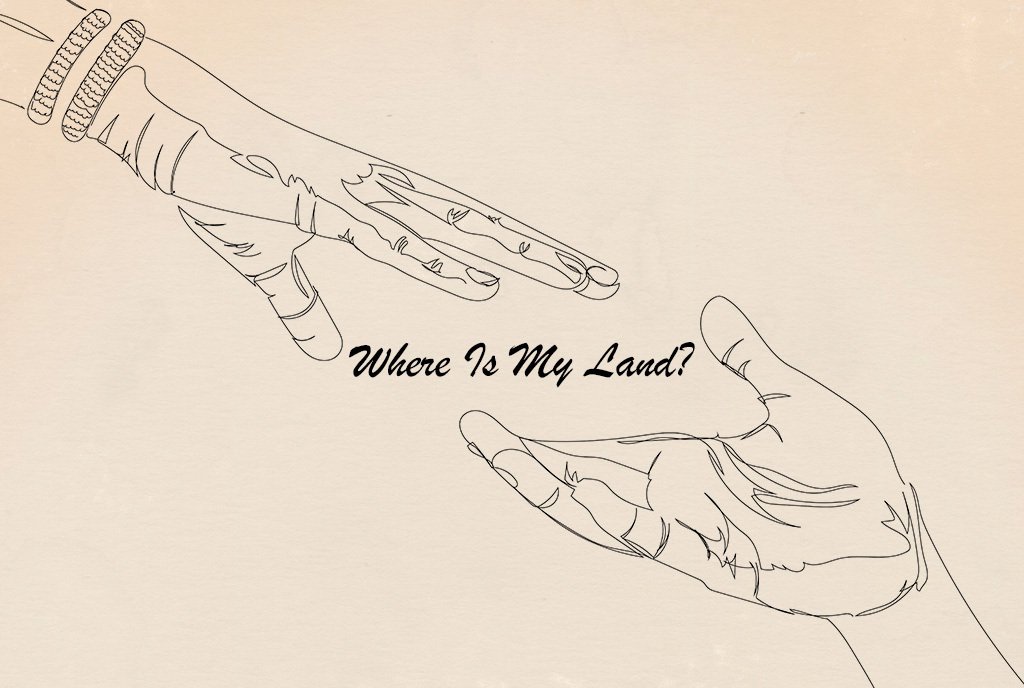January 19, 2012; Storify (Council on Foundations) | On Thursday, the Council on Foundations hosted a Twitter chat to discuss the question, “Is philanthropy succeeding in rural America?” The Council’s promo juxtaposed the range of societal problems hitting rural areas—including natural disasters, poor health care and inadequate education—with the “enormous opportunity from a $75.2 trillion transfer of intergenerational wealth expected to take place over the next 50 years.”
NPQ missed the chat, but the Council used Storify nicely to capture the range of tweets on the subject. For those who missed the session (like us), the compelling tweets seemed to come predominantly from Linda Reed of the Montana Community Foundation.
For instance, when someone from the U.S. Department of Agriculture tweeted that the USDA has lots of programs encouraging partnerships and matching funding with hopes that foundations will be involved, Reed responded with a sharp, “Yes matching and partnering is great, but it assumes there are partners with financial ability to participate.” She added, “Montana has very few foundations and few of those have large assets,” and also wrote “there is no way to generalize rural. Programs need to be tailored to specific geography, limitations, potential.”
Reading Reed’s tweets is like getting a tiny taste of a primer on the challenges of rural philanthropy. In another tweet, she asked, “Do u find philanthropists have to be local to be interested in rural?” She added that “rural philanthropy resources are generally thin” in states like Montana, Wyoming, Idaho, and others—the implication being that rural philanthropy needs the engagement of non-local foundations in order to advance.
Sign up for our free newsletters
Subscribe to NPQ's newsletters to have our top stories delivered directly to your inbox.
By signing up, you agree to our privacy policy and terms of use, and to receive messages from NPQ and our partners.
In addition, consider the tweet from Dee Davis of the Center for Rural Strategies that “we focus on rural funders, what they do well and not so well. But that only represents about 1% of philanthropy. Not sound strategy.”
There is a fundamental resource imbalance for rural America. To capture some sliver of the intergenerational transfer of wealth, there is a need to seek beyond the abilities of rural community foundations, and beyond debates about how rural funders should stem the brain drain of young people leaving rural America.
From the glimmers of this Twitter chat that we saw, it seems an extended webcast with Linda Reed on the problems and prospects of rural philanthropy would be a very valuable educational program. —Rick Cohen












